Understanding Interest Rate Increases: Implications and Strategies for Borrowers and Homeowners
Interest rates play a crucial role in the financial landscape, affecting various aspects of our lives, from loans and mortgages to credit cards and savings accounts. As of June 7, 2023, the Bank of Canada made a significant move by raising the overnight lending rate from 4.50% to 4.75%, marking an increase of 0.25% or 25 basis points (bps). This adjustment had a widespread impact, prompting the majority of banks and lenders to raise the prime rate in unison, elevating it from 6.70% to 6.95%. In this blog, we will explore the factors that influence interest rates, delve into the recent rate increase and its implications, and provide valuable insights for borrowers and homeowners.
Factors Influencing Interest Rates
Interest rates are primarily influenced by two key factors: monetary policy and the Consumer Price Index (CPI) which is used to measure inflation and can give insight to the overall health of the economy alongside other key factors including unemployment levels, and import/export data.
Monetary Policy and its Impact
Monetary policy, specifically the overnight lending rate, has a direct effect on prime rates, which in turn affects variable rate loans/mortgages, credit card and line of credit interest rates, car and auto loans, and other loans tied to the prime rate. Central banks worldwide use monetary policy to control inflation. When inflation increases, central banks typically raise their monetary policy rates to combat it. This makes borrowing more expensive for businesses and individuals, leading to decreased economic activity and lower consumer spending, ultimately curbing inflation.
Current Economic Outlook and Monetary Policy
In the current economy, the labor market has shown more strength than expected, and inflation, especially its core measures, has proven to be stickier than anticipated. As a result, the Bank of Canada has had to adopt a more aggressive monetary policy, raising rates to more restrictive levels. This move is seemingly aimed at influencing consumer behaviour and expectations, rather than directly quelling inflation. The Bank of Canada's decision to raise rates indicates their intention to prevent further market expectations of rate decreases. However, future rate changes will depend on economic data, with additional rate hikes being less likely if the economy continues to show signs of a harsh recession.
Prime Rate and Its Determinants
The prime rate serves as a reference rate and is determined by individual banks. Most banks tend to have the same overall prime rate, derived based on the Bank of Canada's overnight lending rate plus a premium.
Impact on Variable Rate Loans
Variable rate loans, such as fixed payment variable rate mortgages, are directly influenced by changes in the prime rate. For these loans, the bank assigns a minimum payment based on the interest rate at the time of borrowing. While the payment remains fixed throughout the term, changes in interest rates can affect the allocation of the payment between principal and interest. Higher interest rates result in more interest payments and a longer time to pay off the loan, whereas lower rates allow for faster loan repayment. Payments for these types of loans can only change once a trigger rate is hit, which is the interest rate at which point the regular assigned payment is no longer sufficient to cover the cost of interest on the loan.
Understanding Adjustable Payment Variable Rate Mortgages
Similar to fixed payment variable rate mortgages, adjustable payment variable rate mortgages reflect the current interest rate. The key difference is that your mortgage payment fluctuates in unison to changes with the Prime Rate. When interest rates increase, the monthly payment also increases to accommodate the higher interest cost while maintaining the same amortization schedule. Conversely, if interest rates decrease, the payment amount will decrease back to the minimum payment assigned at the time of lending. So if interest rates were to drop below the rate at which you took the loan at, the payment amount will simply allocate a larger portion to principal, decreasing the amortization of your loan.
Choosing Between Fixed and Variable Rate Mortgages
The choice between a fixed or variable rate mortgage depends on an individual borrower's risk tolerance and financial goals. Fixed rate mortgages provide payment certainty for a specific period, allowing for budgeting and financial control. In contrast, variable rate mortgages offer a risk for reward potential as the interest rate fluctuates, potentially resulting in lower interest payments in a falling rate environment. Variable rate mortgages also come with some flexibility, having a lesser overall pre-payment penalty obligation in comparison to fixed mortgages, while also allowing you to lock into a fixed rate at any time with minimal associated cost.
Fixed Rate Mortgages and the Bond Market
Fixed rate mortgages are closely tied to the bond market. In times of economic strength, the bond market tends to experience upward pressure, leading to higher yields on bonds. As bond yields increase, fixed rate mortgages become more expensive for lenders, resulting in higher interest rates for borrowers. Conversely, during periods of economic uncertainty or market downturns, investors tend to seek the safety of bonds, driving their yields lower. This leads to reduced interest rates on fixed rate mortgages, making them more affordable for borrowers.
Impact on Savings and Investments
Interest rates also have a significant impact on savings and investment vehicles. When interest rates rise, savings accounts, certificates of deposit (CDs), and government bonds become more attractive, as they offer higher returns. On the other hand, when interest rates are low, individuals seeking higher returns may turn to riskier investments, such as stocks or real estate, in search of greater yields.
Impact on Credit Cards and Personal Loans
Credit card interest rates and personal loan rates are typically influenced by the prime rate. As the prime rate increases, so do the interest rates on credit cards and personal loans. This makes borrowing more expensive for consumers and emphasizes the importance of responsible credit card usage and loan management.
Impact on Business Loans and Commercial Mortgages
Interest rates also affect business loans and commercial mortgages. Higher interest rates can increase borrowing costs for businesses, potentially impacting their expansion plans, hiring decisions, and overall profitability. Conversely, lower interest rates can stimulate business investment and growth, as borrowing becomes more affordable.
Global Factors and Exchange Rates
Interest rates are not solely determined by domestic factors. Global economic conditions, monetary policies of other countries, and exchange rates can all influence interest rates. Changes in global interest rates and exchange rates can have implications for international trade, currency values, and capital flows.
Understanding mortgage rates and how they are influenced alongside the different types of loans available is crucial when making informed decisions about homeownership. Consider your risk appetite, market conditions, and affordability when choosing between fixed and variable rate mortgages. Working with a mortgage professional can provide valuable guidance in selecting the right mortgage strategy based on your goals and financial circumstances.
Book an appointment with me today and together we can assess the available options and determine the best course of action for you, ensuring a brighter future awaits.

